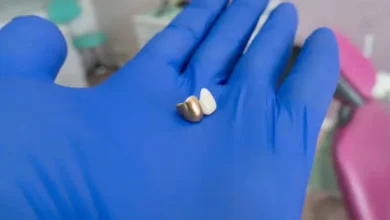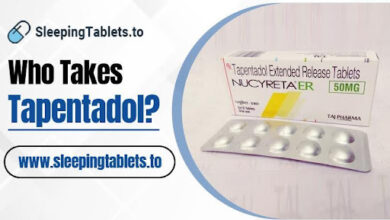Efficacy Comparison: 13X Molecular Sieve vs. Other Adsorbents

In the sphere of industrial drying and purification, the selection of the proper adsorbent is one of the key factors that define the efficiency and cost of the process. When compared to the other available options, molecular sieve desiccants are preferred because of their high adsorption capacities and selectivity. This article is centered on the performance of the 13X molecular sieve with other adsorbents that are widely used in industries.
Overview
The 13X molecular sieve is a type of zeolite that is well known for its larger pore size of about 10 angstroms. Thus it is capable of adsorbing larger molecules than the 4A and 5A sieves. This characteristic makes the 13X molecular sieve especially suitable for applications. Where the larger molecules such as aromatics and branched hydrocarbons have to be separated.
Activated Carbon
Another common adsorbent that is used in many industries is activated carbon. Activated carbon is very effective in adsorption of a large number of organic molecules and odors. While the 13X molecular sieve has a higher selectivity and adsorption capacity for specific molecules. This makes 13X molecular sieves more appropriate for use in processes that call for the separation of molecules by size.
Silica Gel
Silica gel is widely employed as a desiccant because of its excellent moisture adsorption characteristics. Nevertheless, when comparing its performance to that of the 13X molecular sievr. The latter may demonstrate higher moisture adsorption capacity at various temperature and humidity levels. Also, the 13X molecular sieve is less likely to become saturated and can be regenerated more efficiently than silica gel. Therefore, it is more robust and suitable for constant use in industries.
Uses
The 13X molecular sieve is widely used because of the versatility of the adsorption process. It is especially used in air separation for oxygen making and in natural gas purification. In contrast to other adsorbents, the 13X molecular sieve is capable of desiccant and removing carbon dioxide and water vapor at the same time, which increases the process productivity.
Future Prospects
The ongoing research in the desiccant production, including the 13X type, is aimed at improving their stability, adsorption, and regeneration characteristics. Advancements in material science are expected to enhance the effectiveness of 13X molecular sieves and extend. Their application to more complex and varied industrial processes.
Therefore, the 13X has a higher performance compared to other adsorbents. Such as activated carbon and silica gel, especially in the cases where it is necessary to selectively absorb certain molecules. When the adsorbent must be regenerated easily. As the industries are in search of better and cheaper methods of gas purification and moisture removal. The application of the desiccants particularly the 13X molecular sieve is expected to grow as it has been proven to be more effective and versatile.



